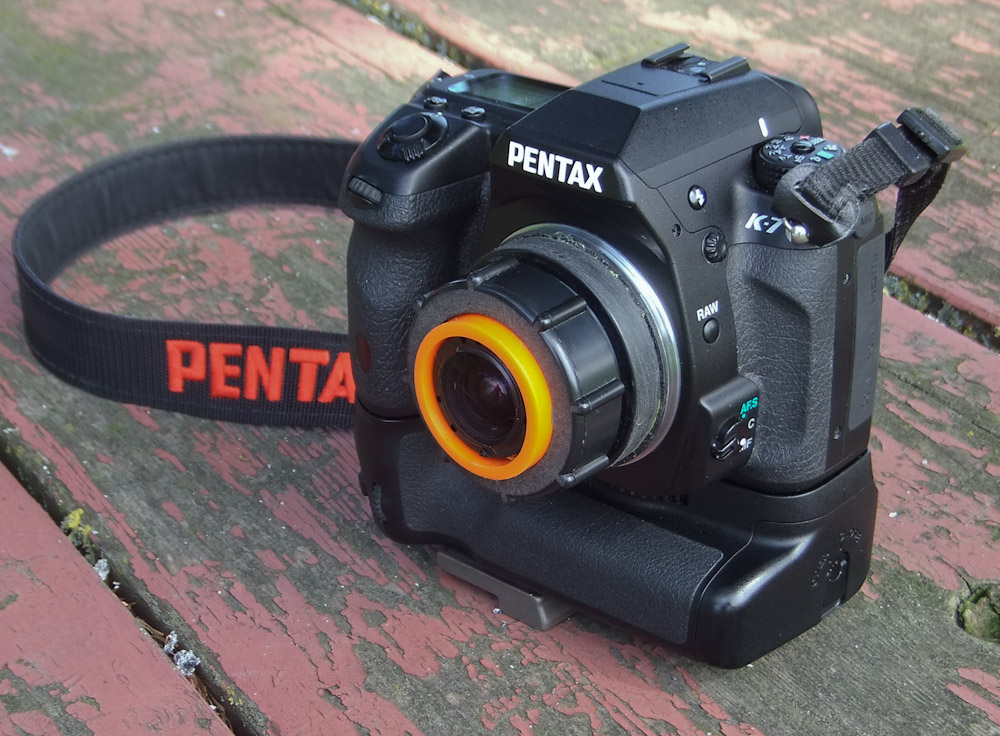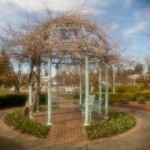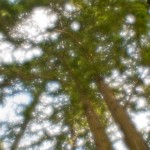Aug
26
2012

This lens was made in many different camera mounts but here I have it in Olympus OM. It is a true macro lens providing a 1:1 ratio. I loaded my OM-1 with Fuji 400 film in order to get a little more speed over the 200 ASA I typically use. That one stop can mean the difference between a sharp image and a blurred one. For example while typically you can hand hold a 55mm lens at 1/60 sec that isn’t necessarily true with macro. The reason is that small amounts of movement are magnified at close distances, while an angular shift of a degree has little effect at 100ft it means an entirely different view at 1 foot. Of course a tripod would be a good idea ordinarily but in this case I either hand held or used a mono-pod. As you would expect with a macro lens it is very sharp and has very little distortion.

My only wish is that it were in K-mount so I could use it with my DSLR, I really can’t find any reason to fault it, on the OM-1 it performs great and I was able to use it as a normal lens too.
3 comments | tags: lens, macro, Photography | posted in Cameras, Photography
Jul
25
2012

A wonderful gift that I recieved from a friend is this Sun 24mm lens in Minolta MD mount. That’s ideal because I have my Minolta X-700 to use it with. If your wondering why in the world I would dub this lens The Jelly Fish just have a look at these highlights.

That’s not the only soft thing either the right side of all the images are definitely not in focus. As it is now so it was then, you get what you pay for. This lens though seemingly well built, optically is not. Oh well on the plus side it breeds Jellyfish which I hear is difficult to do.
2 comments | tags: lens, Photography | posted in Photography
Mar
26
2012

So after creating the worlds thinnest pancake lens I thought I would try my hand at making a wide-angle lens. The first thing I should mention is that the image quality is on par with the cost and I think I spent about $5 total making this lens. This is possible because a certain percentage of the cameras that I acquire are dysfunctional so they end up being disassembled for their bits. It’s those bits that I use to make other things such as this lens. I did need to buy a $2.69 piece of ABC plumbing in order to make the body of the lens.

While I don’t know exactly where these lens elements came from, they are essentially the rear elements from two point and shoot cameras, one of them turned around to become the front group. Realistically your not going to be able to deal with most of the distortion when you do something like this so why fight it. This is the look of this lens take it or leave it. It turns out to be about a 15mm lens with horific yet wonderful barrel distortion. I haven’t determined the angle of view yet or the aperture which is always wide open in this version. Everything is rendered in a semi focused state no matter how near or far. Maybe there will be a Mark II version that performs a little better or maybe not as this is my digital Holga.
3 comments | tags: camera, DIY, lens, Pentax, wideangle | posted in Cameras, Photography
Mar
3
2012
So I’ve replaced the rear element of my lens that I’m claiming to be the thinnest pancake lens in the world and there is a definate improvement in the performance. I am now calling it the Wallalux Mark Ib 55mm f8.0 soft focus Multicoated pannenkoek lens. If that’s too much to say then just call it the W.

And here are some shots taken with it
2 comments | tags: lens, Pentax | posted in Cameras, Photography
Feb
28
2012
I’m not a corporation so I think I can make a claim like that without the need to back it up, this is the Internet right?
Introducing the Wallalux 55mm (Mark I) pannenkoek lens in K-mount

Your awestruck right? Recently Pentax announced the smc PENTAX-DA 40mm F2.8 XS, which may be the worlds thinnest interchangable lens, so I decided to see if I could beat that. Granted my lens has a fixed aperature of about f8.0 and can’t actually be focused and it’s 55mmish focal length works out to about 82mm on an APSc camera. So let me just recap here it’s an 82mm equivelent f8.0 fixed focus lens, but it is really thin.

Yes that’s 0.14 inches or 3.55mm thick, this is the amount of the lens that protrudes outside the camera, which is less than the 9.2mm of the Pentax lens

But your probably wondering “Yes it’s thinner than a cracker but does it take better pictures?” Well I’m here to tell you that taking pictures with a cracker is ridiculous (I will have to try that though) and that it does indeed work. Keep in mind this is the Mark I version and by the time I get to the Mark IV it will be amazing with all the latest technology (we’re still on the Internet right?) That or I will just build something else entirely which seems more likely.
Here are a couple sample images taken with the Wallalux 55mm (Mark I) pannenkoek lens, enjoy.


Any aberrations you see are likely caused by the rear element I am using to make the lens work with the K-mount registration distance, I’m hoping to replace that element in the Mark Ib.
6 comments | tags: K-mount, lens, Pentax, Photography | posted in Cameras, Photography
Sep
9
2011

I was graciously given this lens, a Vivitar 35mm in m42 mount. It might be one of those things where someone can’t quite bring themselves to throw it out so they go “Hey I know give it to Wallace, he’ll use anything” Thank you for understanding me. It would appear that if this lens has any coatings they are minimal and non effective and that’s the “feature” I decided to exploit. I’ve actually been looking for a lens that will flare this badly for a while without much luck. Modern lens makers go to great lengths depositing rare elements using complex processes to improve the performance of lens elements by reducing internal reflections. The result is that with a modern multi coated lens very little flare occurs even with a very bright light source in the field of view, this lens is the opposite of that. So why would I want a lens that does something people work so hard to eliminate? It’s just a fun way of evoking a nostalgic look.
This image may be the glint that stared it for me some 23 years ago. (Kodachrome 64 shot with a Minolta X-370, lens unknown, well I just don’t remember.)
5 comments | tags: Flare, lens, Photography | posted in Cameras, Photography
Jul
5
2011
OK I only have the vaguest of ideas of what I just referenced but it sounds good. I took some more images with the 200mm 1:3.5 Takumar as well as the 55mm 1:1.8 SMC Takumar mounted to my Pentax K10D. The 200mm lens has 18 aperture blades that form a near circle. Contrast this to a lens with only 5 blades and you can see the reason why the out of focus areas are so smooth and have that quality referred to as good Bokeh.


Being an older lens it doesn’t have the coatings the help to mitigate internal reflections and flare so I’ve used that fact to highlight it and give that feel of yesteryear to some of my images. I will show some more images in a future post.

6 comments | tags: Bokeh, lens, Pentax, Takumar | posted in Cameras, Photography
Jul
3
2011
I decided to go all retro with my lenses. I went for a walk and took: 28mm 1:3.5 Super_Takumar, 35mm 1:2.3 Auto-Takumar, 55mm 1:1.8 SMC Takumar and the 200mm 1:3.5 Takumar. All of these are manual focus manual exposure lenses that I mounted to my Pentax K-7. It’s hard to define the look of these lenses but they are different than a modern one that is corrected for distortion. Some of the distortion I think actually adds to the look rather than detracting. The 35mm 2.3 has an unusual effect on out of focus areas creating a kind of swirling vortex of blur. The 200mm has pronounced chromatic abaration creating a kind of halo around bright objects. All these effects are what we see when we look at older photographs and there really is no way to re-create them with processing or apps.

no comments | tags: lens, Pentax, Photography, Takumar | posted in Cameras, Photography
Feb
12
2011
Here are some example images of the Pentax FA50 shot wide open, an F-stop of 1.4, using the K-7 DSLR. Having a lens this fast is nice as it allows you to maintain faster shutter speeds as the light level drops. It also provides a very shallow depth of field that can be used to isolate an element in an image.
1 comment | tags: camera, lens, Pentax, Photography | posted in Cameras, Photography
Feb
8
2011
Here are some more images using the Pentax M50 1.7 and the DFA 100 Macro WR.
1 comment | tags: camera, DFA 100, lens, macro, Pentax | posted in Cameras, Photography




























































































